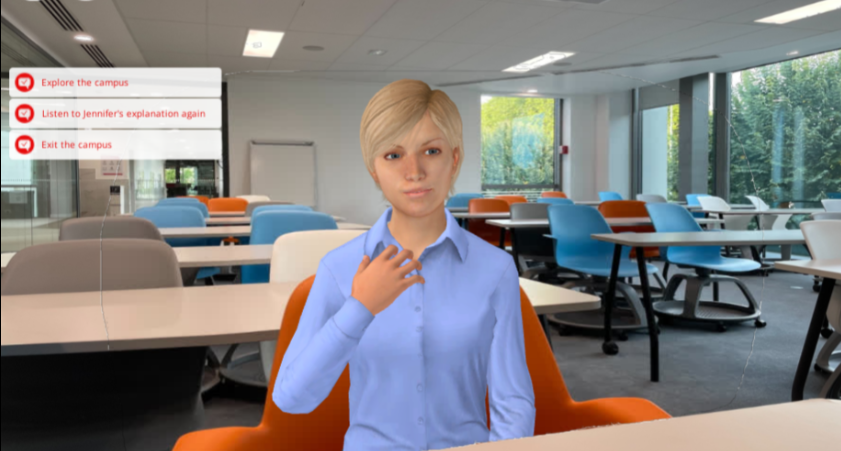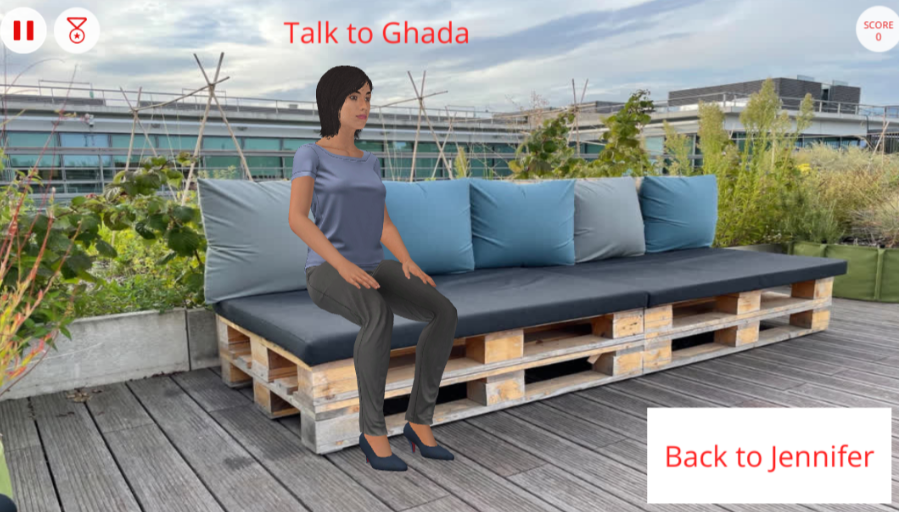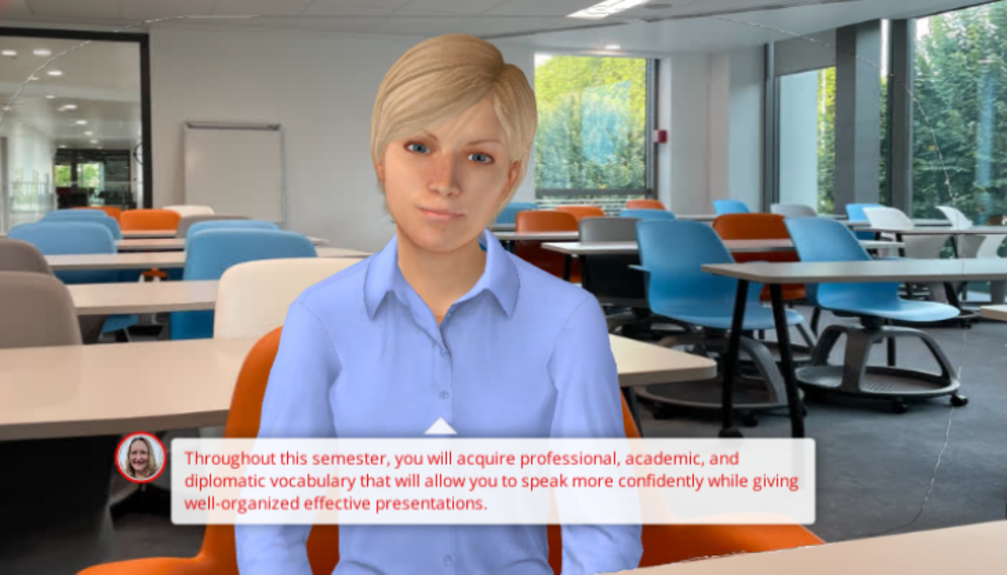The Gen Z students are not known to be the easiest to interest. So, I had to think of a solution with SKEMA’s Direction of Innovation and Learner Experience. In order to catch their attention, we decided to gamify their learning path.
The challenge remains the same across campuses: how to encourage higher education students to read the course syllabus. The start of each semester rhymes with multiple course syllabuses to wade through to identify learning objectives and assignments with fewer and fewer Generation Z students perusing the hard or soft copy provided despite reminders from the lecturer. Last year the New York Times even dedicated an article to this question based on Dr. Kenyon’s experience at the University of Tennessee. To encourage student participation and engagement, the professor decided to include special instructions with a locker code in the middle of a syllabus. To his surprise, at the end of the semester, the $50 cash prize was still unclaimed in the locker.
Take a walk around SKEMA’s campus
Would gamifying my Academic and Professional Speaking syllabus produce better results and encourage my L3 students to discover the course objectives and assignments? This is what I wanted to find out after attending Direction of Innovation and Learner Experience serious game expert Julien Alessandri’s gamification workshop at the faculty seminar in Sophia Antipolis. As explained in Gamification in Action: Theoretical and Practical Considerations for Medical Educators, this technique applies game design elements in any nongame context, such as a learning activity or course, facilitating achievement of learning objectives and enhancing learner engagement.
Read also: How I turned my non-technical students into data analyst heroes thanks to no-code AI tools
Could a lecturer improve their students’ knowledge about the course syllabus and prepare them for their first year on campus? As a language teacher for 30 years, games have always been a part of my classroom arsenal. Rendering the syllabus content interactive for digital nomads seemed to be the perfect solution to combat not only disinterest in a ten-page document but also reinforce the coursework and requirements. Furthermore, the Virtual Training Suite Editor, gamification software used by SKEMA DILE, allows the operator to insert snapshots and avatars into the chosen realm. At our first meeting to cover the goals, expectations, structure as well as limitations of gamification, Julien and I elected to take the students on a virtual campus tour while the four avatars dispense vital course information.

In addition to employing a 21st century tool to attract Generation Z and streamline their learning process, three other factors came into play in my decision to gamify my syllabus: accommodating different learning styles and differences, increasing student engagement, and saving on tutor time during the TD. Although learning styles have become controversial today, they still influence our education system at all levels. How learners acquire information depends on generation, culture, style, and differences. The gamified syllabus attempts to bridge these gaps. Several learning styles and differences are catered to as the learner enters a visual, auditory, and blended learning experience on the Grand Paris campus where the student is in charge of their learning process.
Meet me at the reception
To start, the new L3 PGE cohort meets my avatar at the reception desk before conversing with me virtually in classroom 1.309. This is often the first time the students visit the Paris campus and are introduced to the lecturer. The photos that I took on the Paris campus were inserted into the VTS editor to make the experience as realistic as possible. After exchanging with my avatar about generalities in the syllabus, they then have the choice of meeting Victor in a study room or Ghada on the rooftop terrace or Zoe on the ground floor. The avatars were selected to reflect the diversity of the school population with accents that are pleasant and easy to understand. The student may ask for the avatar to repeat information or return to a section. S/he earns badges after spending time with each of the avatars which can be a source of extrinsic motivation. With the gamified syllabus available on K2, SKEMA’s version of Moodle, the L3 student can play (or replay) it at any time.


As the decision to embark on this gamified adventure was taken after the course approval date, it was not mandatory for the students to participate which meant the quiz did not count in their Academic and Professional Speaking average. Only 38 completed the entire gamified syllabus with the quiz. Other students started but never finished. In addition, 23 participants answered the exit survey about their overall satisfaction and enhancement of learning. The responses were overwhelmingly positive with most students considering it to be better than expected. Strangely enough one of the comments was to make the avatars less robotic…
Overall, it was a positive experience both for the students and myself. Moreover, I found they asked fewer questions and missed fewer deadlines throughout the semester. On a personal note, the avatars are overwhelmingly young which meant that I could not find one that reflected my age. That point aside, I will be renewing the experience with the new undergraduates this fall after the game is updated.
Incoming L3 cohort, prepare to enter your gamified Academic and Professional Speaking syllabus!






